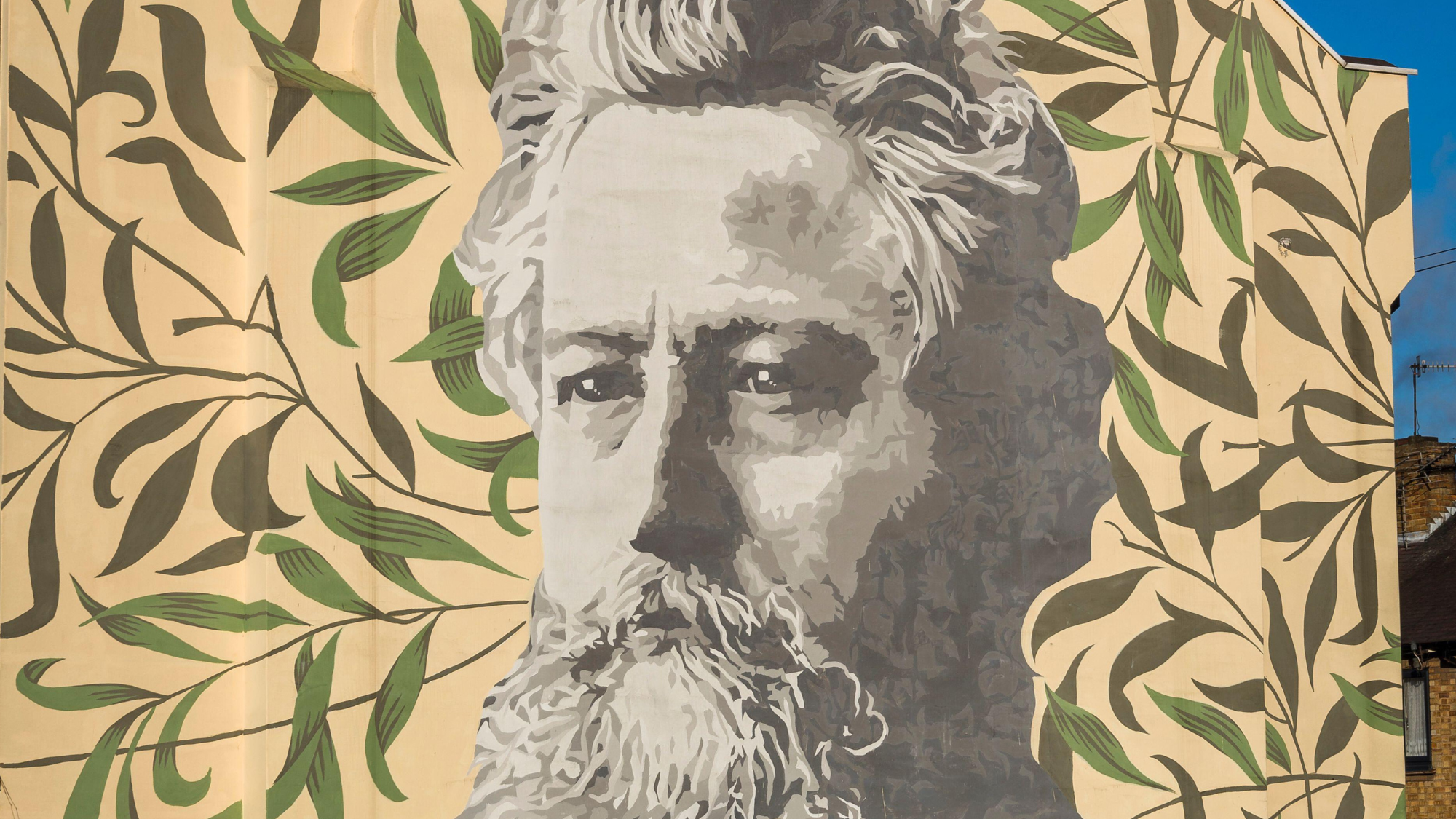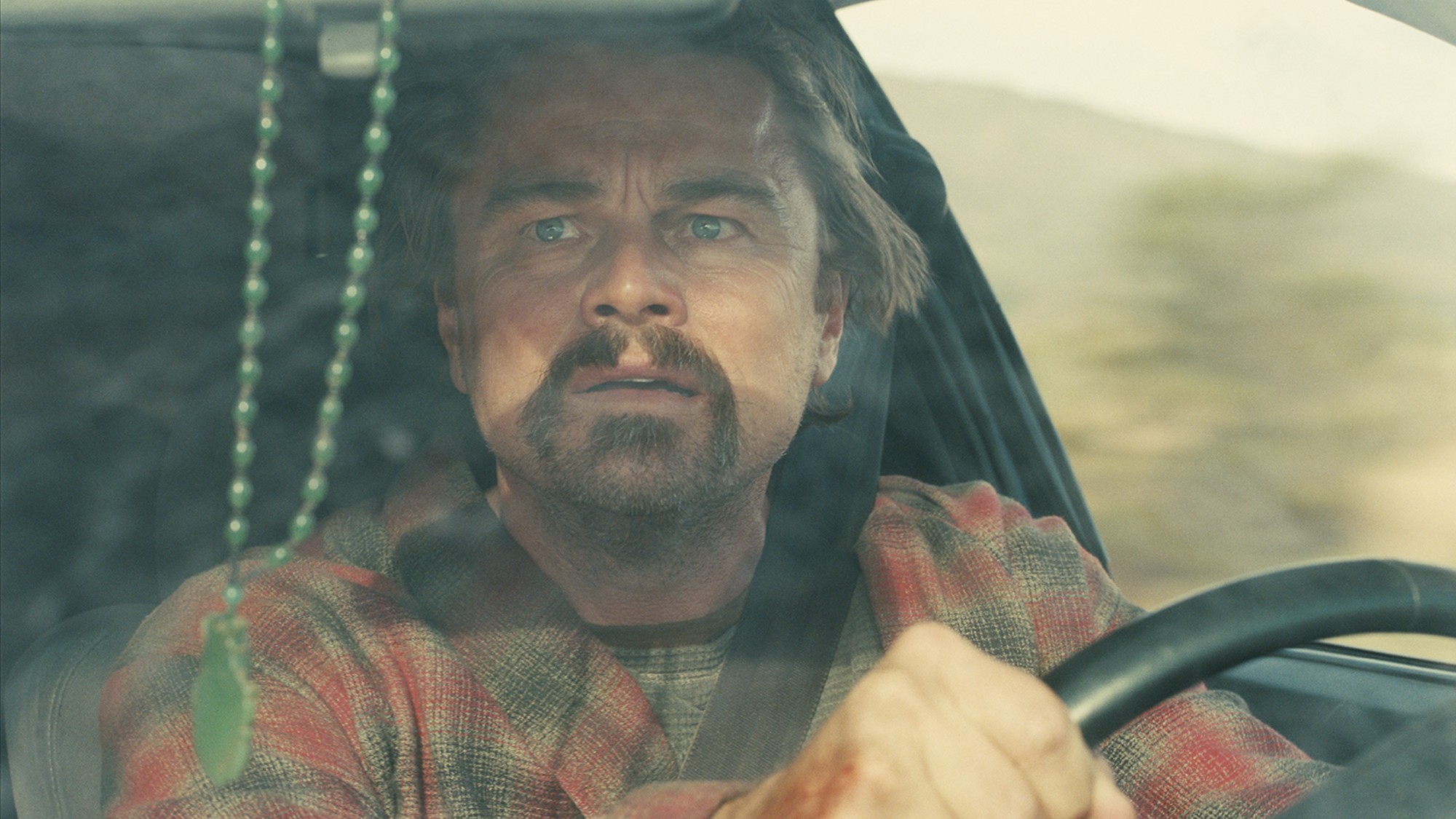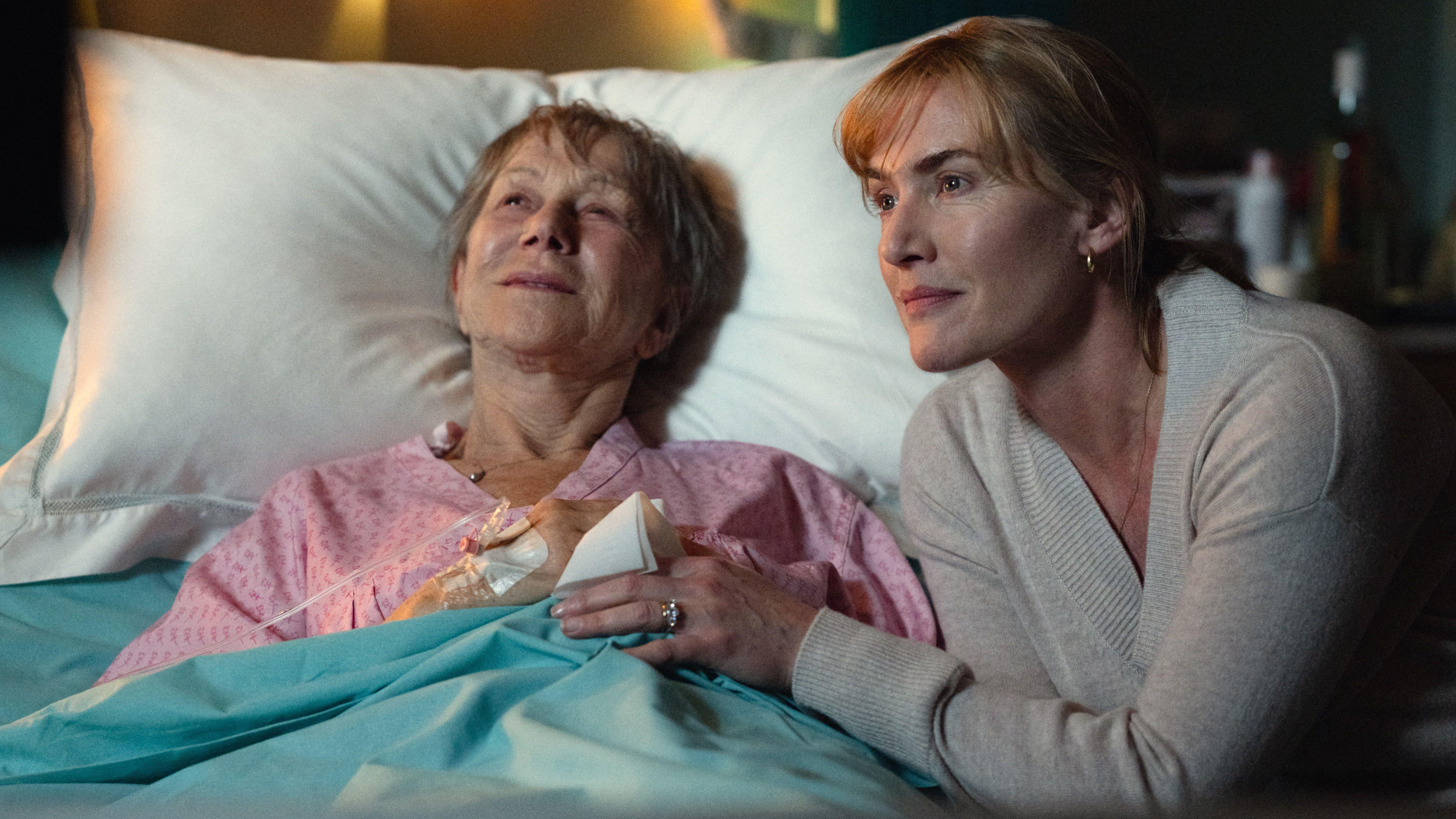Morris Mania: exhibition of William Morris's work is testament to his 'enduring popularity'
Around 200 objects designed by the 'unrivalled tastemaker to the middle and upper classes' are now on display

The designer, artist, author and all-round polymath William Morris (1834-1896) championed the democratisation of good taste, said Nancy Durrant in The Times. An "ardent socialist", he famously believed "that everyone, from any class, should have access to beauty". If only he could have known how this would manifest itself some 130 years after his death: his distinctive floral prints are now a fixture of British life, and "the breadth of items" to which they have been adhered is truly "dizzying". They adorn everything from wallpaper and curtains to mugs and trainers, from biscuit tins and tea trays to chopsticks and shopping bags – which are just a few of the exhibits in this intriguing show, subtitled How Britain's greatest designer went viral, at what was once Morris's family home in Walthamstow. Consisting of some 200 objects, many submitted by the public, it explores the "ubiquity" of its subject's work and the often surprising ways in which his radical legacy has filtered into contemporary culture. It's a testament to Morris's "enduring popularity" in a "commodified, globalised world".
The show is "a chintzy romp through more than a century of floral fixtures, fittings, fashion and furnishings", said Oliver Wainwright in The Guardian. Morris's prints were immensely popular in his lifetime, and a handy timeline explains how, in spite of his left-wing political sympathies, he became an "unrivalled tastemaker to the middle and upper classes", even receiving a commission to furnish Balmoral Castle and an order for the apartments of St Petersburg's Winter Palace. One photo here from 1917 shows a room in the latter after it was "ransacked" by the Bolsheviks – everything else is destroyed, but Morris's "rustic" paper "clings stubbornly to the walls". Another surprising exhibit is a piece of "rose-printed linen" used to upholster the seats of the Royal Navy's nuclear submarines in the 1980s. Heaven knows what Morris, who abhorred Britain's "imperialist ambitions and the futility of war", would've thought of that.
Today, Morris is synonymous with "middlebrow" taste, said Edwin Heathcote in the FT. His work is "the aesthetic of the museum shop", "the twee mail-order catalogue" and "the country-house tea room"; and the curators acknowledge that much of what we see here would have "horrified" their subject. A sworn opponent of mass production, Morris fetishised the handmade and the artisanal. It's unlikely that he would have approved of "Morris-print Dr. Martens" or even AI-generated patterns that ape his own. Yet the show doesn't judge; instead it simply rejoices in the "ridiculous, even absurd variety of applications of the great bearded man's designs". Ultimately, it demonstrates that in his legacy, "Morris has achieved what the expense of his designs prevented him from doing in life – accessibility, affordability and ubiquity".
William Morris Gallery, London E17. Until 21 September
The Week
Escape your echo chamber. Get the facts behind the news, plus analysis from multiple perspectives.

Sign up for The Week's Free Newsletters
From our morning news briefing to a weekly Good News Newsletter, get the best of The Week delivered directly to your inbox.
From our morning news briefing to a weekly Good News Newsletter, get the best of The Week delivered directly to your inbox.
A free daily email with the biggest news stories of the day – and the best features from TheWeek.com
-
 A peek inside Europe’s luxury new sleeper bus
A peek inside Europe’s luxury new sleeper busThe Week Recommends Overnight service with stops across Switzerland and the Netherlands promises a comfortable no-fly adventure
-
 Space data centers could be joining the orbit
Space data centers could be joining the orbitUnder the radar The AI revolution is going cosmic
-
 Codeword: December 23, 2025
Codeword: December 23, 2025The daily codeword puzzle from The Week
-
 The best homes of the year
The best homes of the yearFeature Featuring a former helicopter engine repair workshop in Washington, D.C. and high-rise living in San Francisco
-
 Critics’ choice: The year’s top 10 movies
Critics’ choice: The year’s top 10 moviesFeature ‘One Battle After Another’ and ‘It Was Just an Accident’ stand out
-
 A luxury walking tour in Western Australia
A luxury walking tour in Western AustraliaThe Week Recommends Walk through an ‘ancient forest’ and listen to the ‘gentle hushing’ of the upper canopy
-
 Joanna Trollope: novelist who had a No. 1 bestseller with The Rector’s Wife
Joanna Trollope: novelist who had a No. 1 bestseller with The Rector’s WifeIn the Spotlight Trollope found fame with intelligent novels about the dramas and dilemmas of modern women
-
 Appetites now: 2025 in food trends
Appetites now: 2025 in food trendsFeature From dining alone to matcha mania to milk’s comeback
-
 Man vs Baby: Rowan Atkinson stars in an accidental adoption comedy
Man vs Baby: Rowan Atkinson stars in an accidental adoption comedyTalking Point Sequel to Man vs Bee is ‘nauseatingly schmaltzy’
-
 Goodbye June: Kate Winslet’s directorial debut divides critics
Goodbye June: Kate Winslet’s directorial debut divides criticsTalking Point Helen Mirren stars as the terminally ill English matriarch in this sentimental festive heartwarmer
-
 A Christmas Carol (or two)
A Christmas Carol (or two)The Week Recommends These are the most delightful retellings of the Dickens classic from around the country